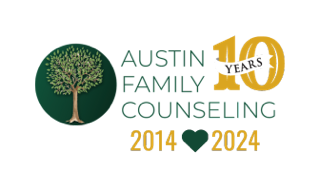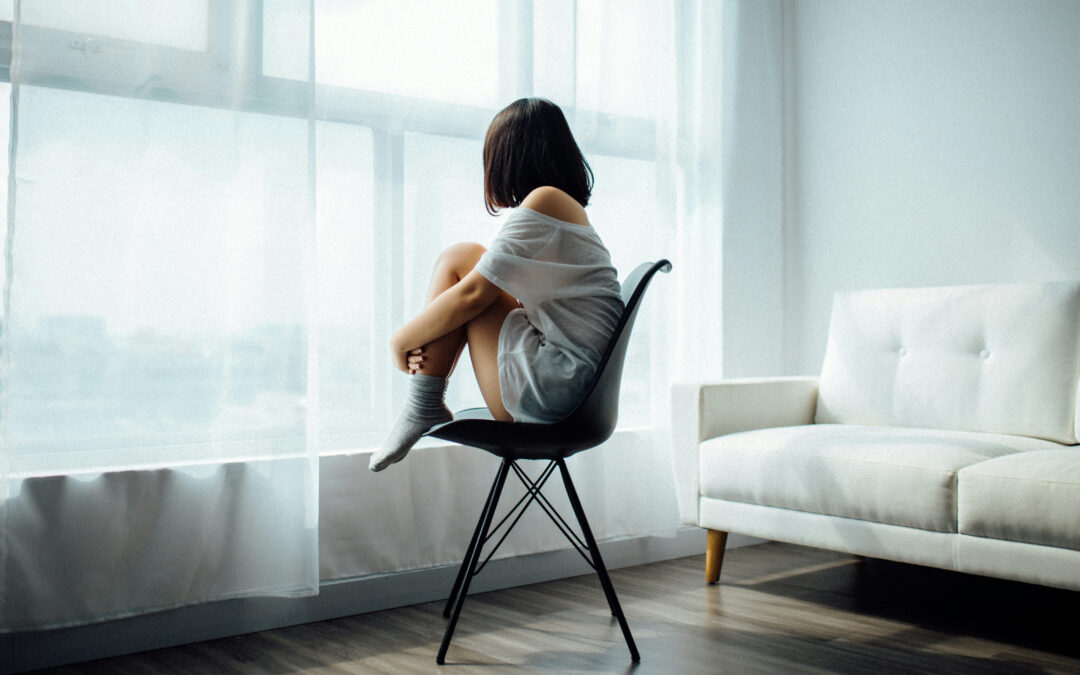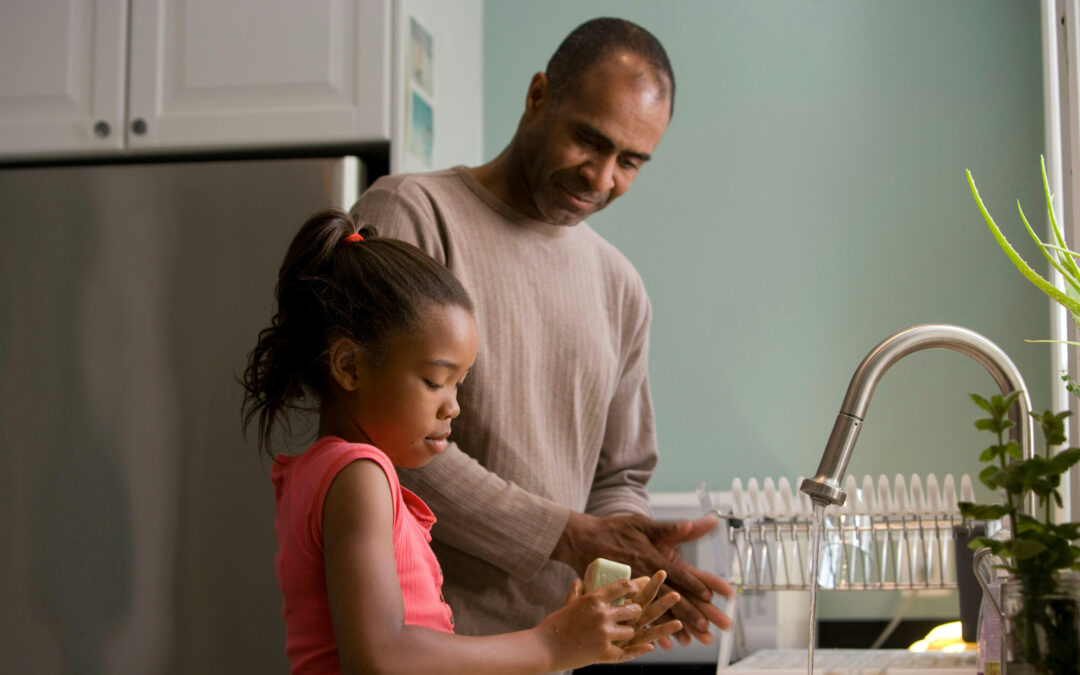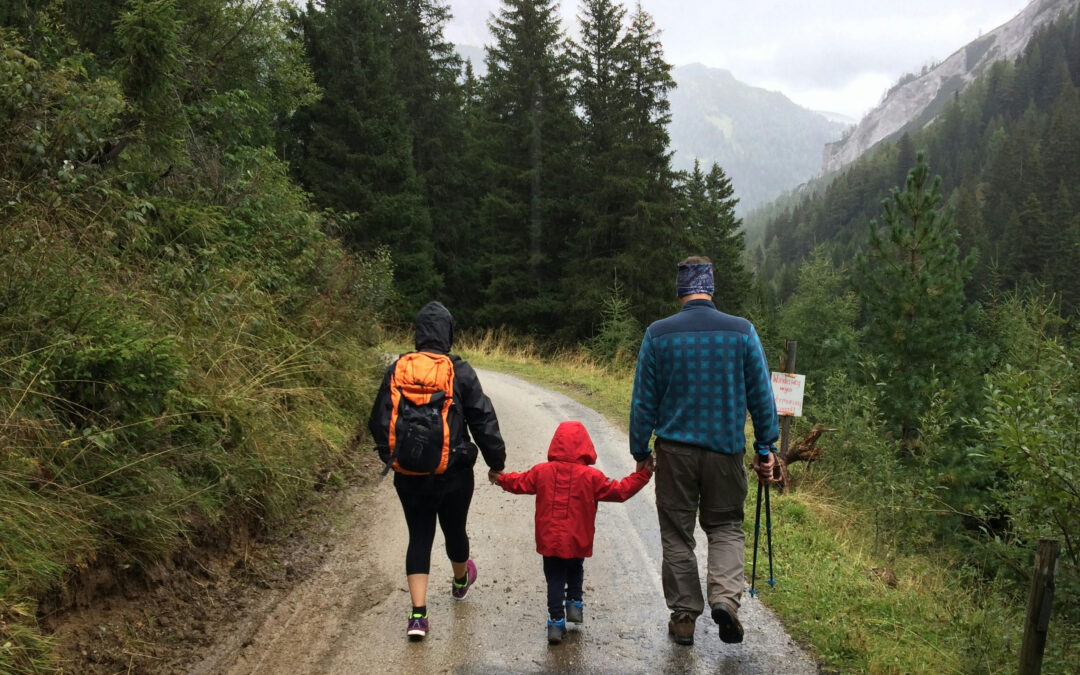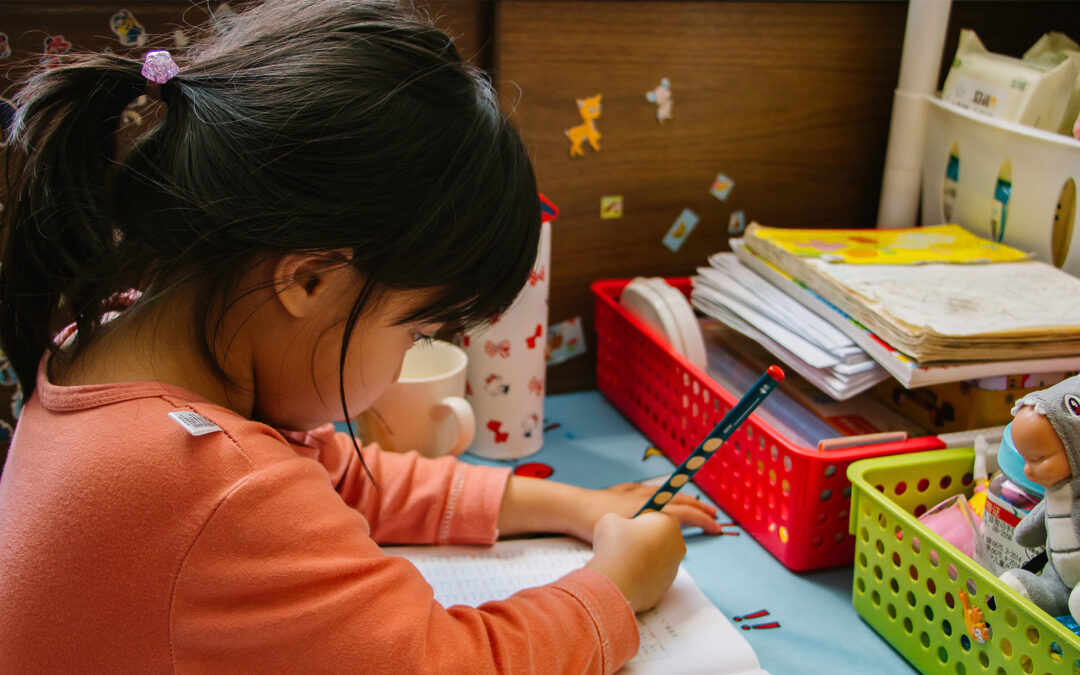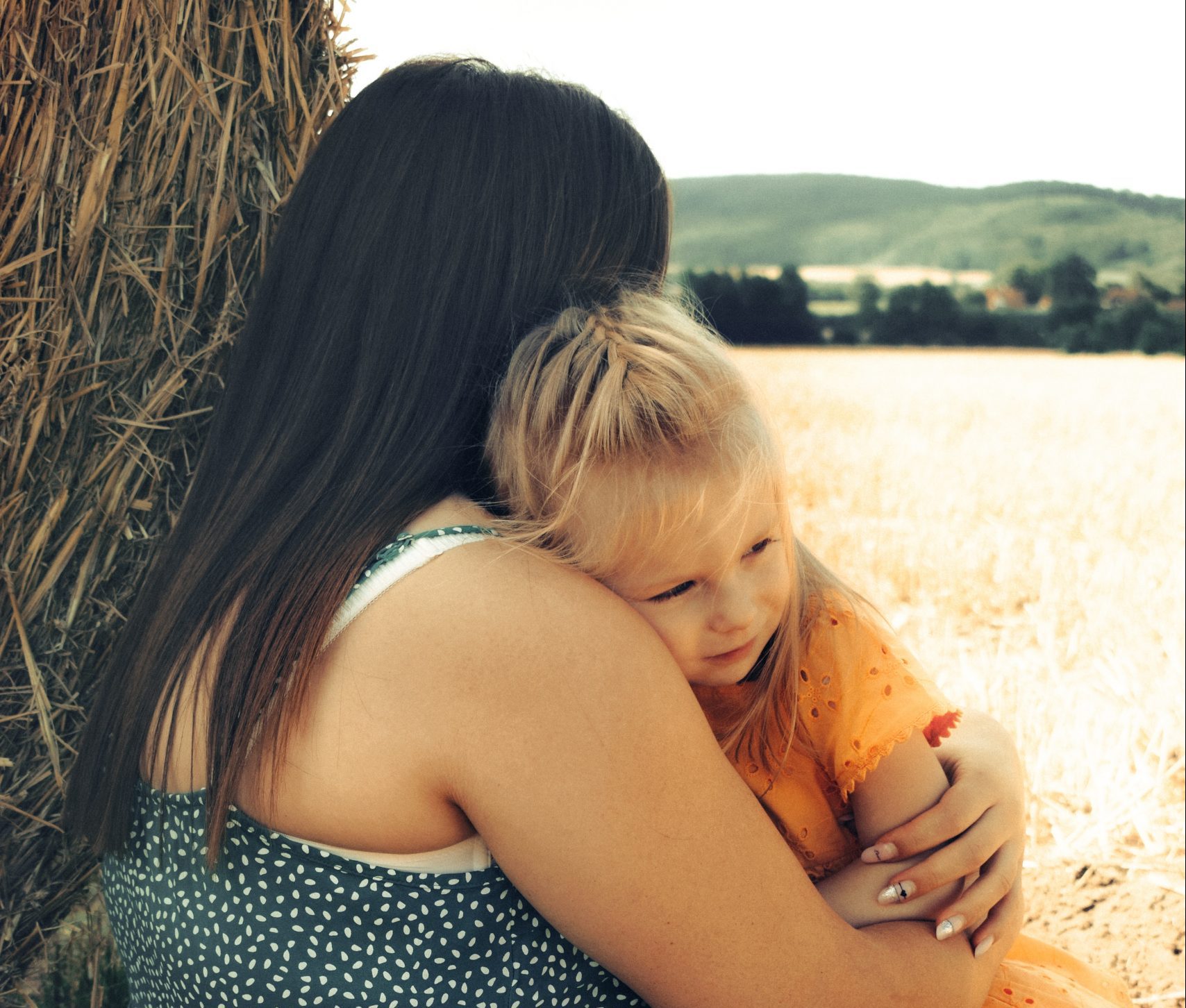**This blog is a continuation of my previous post "Childhood Emotional Neglect Part 2: 5 Ways in Which Childhood Emotional Neglect Still Hurts Us". If you haven’t read part two, double back and read it here before moving forward with this entry. If my last two...

